New Software puts Navy F/A-18 Pilot in Command of MQ-25 Stingray UAV Tanker
Summary
The MQ-25 Stingray is an aerial refueling drone designed to provide on-demand refueling support for carrier-based aircraft, extending their endurance and operational flexibility. The U.S. Navy plans to procure more than 70 MQ-25s to replace F/A-18E Super Hornets in the aerial refueling role, freeing up more Super Hornets for operational missions. The MQ-25 completed its first air-to-air refueling operation with a manned receiver aircraft, a U.S. Navy F/A-18F Super Hornet, on June 4, 2021.
The development and deployment of the MQ-25 Stingray represent a significant milestone in naval aviation, showcasing the growing integration of unmanned systems to complement traditional manned aircraft carriers. This evolution is expected to increase the versatility and efficiency of carrier-based operations in the future, potentially expanding the MQ-25's roles to include intelligence, surveillance, reconnaissance, and strike missions.

The inset shows the AAR at the simulator. (Boeing)
Boeing Tests Software That Allows Super Hornet Pilot To Command MQ-25 During Refueling - The Aviationist
theaviationist.com
Boeing advances Manned-Unmanned Teaming for Naval Aviation through aerial refueling operations in simulator environment.
Boeing has made significant strides in advancing its manned-unmanned teaming (MUM-T) technology.
The company showcased the maturity of software critical for future U.S. Navy operations in a simulator lab, where an F/A-18 pilot remotely commanded an MQ-25 Stingray UAS (Unmanned Aerial System) to perform aerial refueling, highlighting the seamless integration of manned and unmanned platforms.
In particular, using the existing communication links, the pilot sent commands to the MQ-25 to release a refueling drogue and refuel the Super Hornet.

This breakthrough software will enhance communication efficiency between the F/A-18 and MQ-25, enabling safer and more flexible refueling operations over extended distances.
“MQ-25 is designed to typically receive commands from air vehicle pilots on an aircraft carrier. This software will add a second option, enabling pilots to initiate commands right from their cockpit,” said Alex Ewing, F/A-18 New Product Development lead, in a public statement.
Boeing’s software will significantly reduce the time it takes for an F/A-18 to communicate with an MQ-25, giving pilots greater flexibility in refueling from longer distances.
The MQ-25 Stingray
The Boeing MQ-25 Stingray is an aerial refueling drone that resulted from the Carrier-Based Aerial-Refueling System (CBARS) program, which grew out of the earlier Unmanned Carrier-Launched Airborne Surveillance and Strike (UCLASS) program.

The genesis of the MQ-25 Stingray traces back to the U.S. Navy’s imperative for a carrier-based unmanned aerial vehicle (UAV) capable of providing aerial refueling to carrier strike groups’ assets. The primary mission of the MQ-25 is to deliver on-demand refueling support, significantly extending the endurance and operational flexibility of carrier-based aircraft.
The MQ-25 Stingray carried out the first ever air-to-air refueling operation between an unmanned tanker and a manned receiver aircraft, (a U.S. Navy F/A-18F Super Hornet) on June 4, 2021. The milestone was achieved by the Boeing-owned MQ-25 T1 test asset flying from MidAmerica Airport in Mascoutah (Illinois) and employing the Cobham Aerial Refueling Store (ARS), the same used by F/A-18s, to perform the refueling operation.

The U.S. Navy is planning to procure more than 70 MQ-25, which will replace the F/A-18E Super Hornets in the aerial refueling role they currently have as part of the Carrier Air Wing, becoming also the first operational carrier-based UAV. This way, the Carrier Air Wing will have more Super Hornets available for operational missions, without the need to reserve some of them for the AAR (Air-to-Air Refueling) mission.
“MQ-25 increases the overall lethality of the CVW by relieving the F/A-18E/F Super Hornet of the aerial refueling mission, enabling ordnance to replace refueling stores on the F/A-18’s pylons. As secondary missions, MQ-25 will conduct recovery tanking and organic intelligence, surveillance and reconnaissance (ISR) to the CSG,” says the website of Unmanned Carrier-Launched Multi-Role Squadron Ten (VUQ-10), the Fleet Replacement Squadron (FRS) for the MQ-25 Stingray, established on Oct. 01, 2022, at Naval Air Station Patuxent River, Maryland.
Two MQ-25A squadrons, VUQ-11 and 12, will be established.
The future
Tthe development and deployment of the MQ-25 Stingray represent a significant milestone in naval aviation.
The MQ-25 is designed to augment aircraft carrier operations by providing critical aerial refueling capabilities, thereby extending the operational reach of carrier-based strike aircraft. Beyond its primary role in aerial refueling, the MQ-25 also opens doors for future unmanned missions, including intelligence, surveillance, and reconnaissance (ISR), and potentially even strike missions.
This evolution in naval aviation underscores the shifting landscape towards greater integration of unmanned systems, complementing the role of traditional manned aircraft carriers. As more unmanned platforms like the MQ-25 become operational, naval forces can anticipate increased versatility and efficiency in executing a broader range of mission profiles, redefining the future of carrier-based operations.
David Cenciotti is a journalist based in Rome, Italy. He is the Founder and Editor of “The Aviationist”, one of the world’s most famous and read military aviation blogs. Since 1996, he has written for major worldwide magazines, including Air Forces Monthly, Combat Aircraft, and many others, covering aviation, defense, war, industry, intelligence, crime and cyberwar. He has reported from the U.S., Europe, Australia and Syria, and flown several combat planes with different air forces. He is a former 2nd Lt. of the Italian Air Force, a private pilot and a graduate in Computer Engineering. He has written five books and contributed to many more ones.
xx
xx
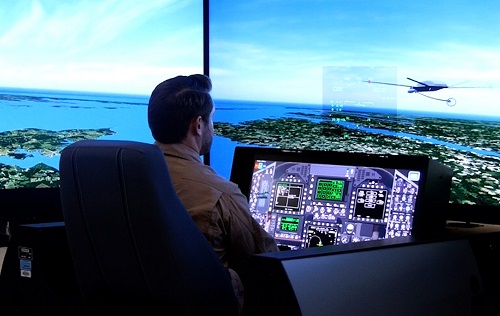
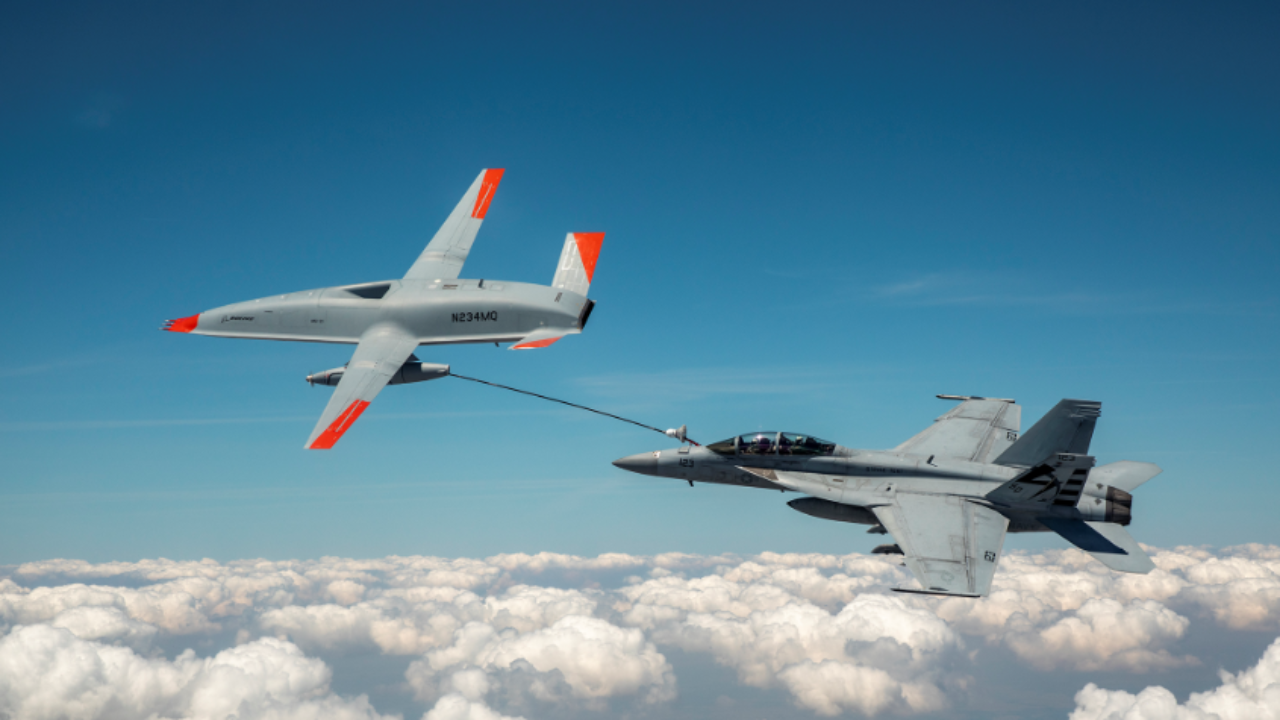
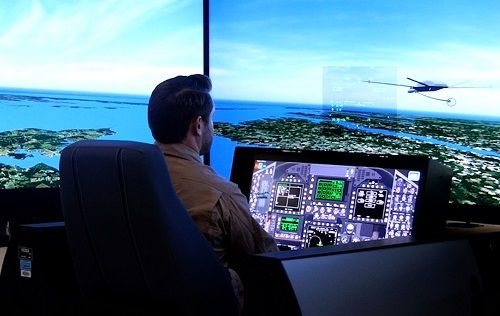
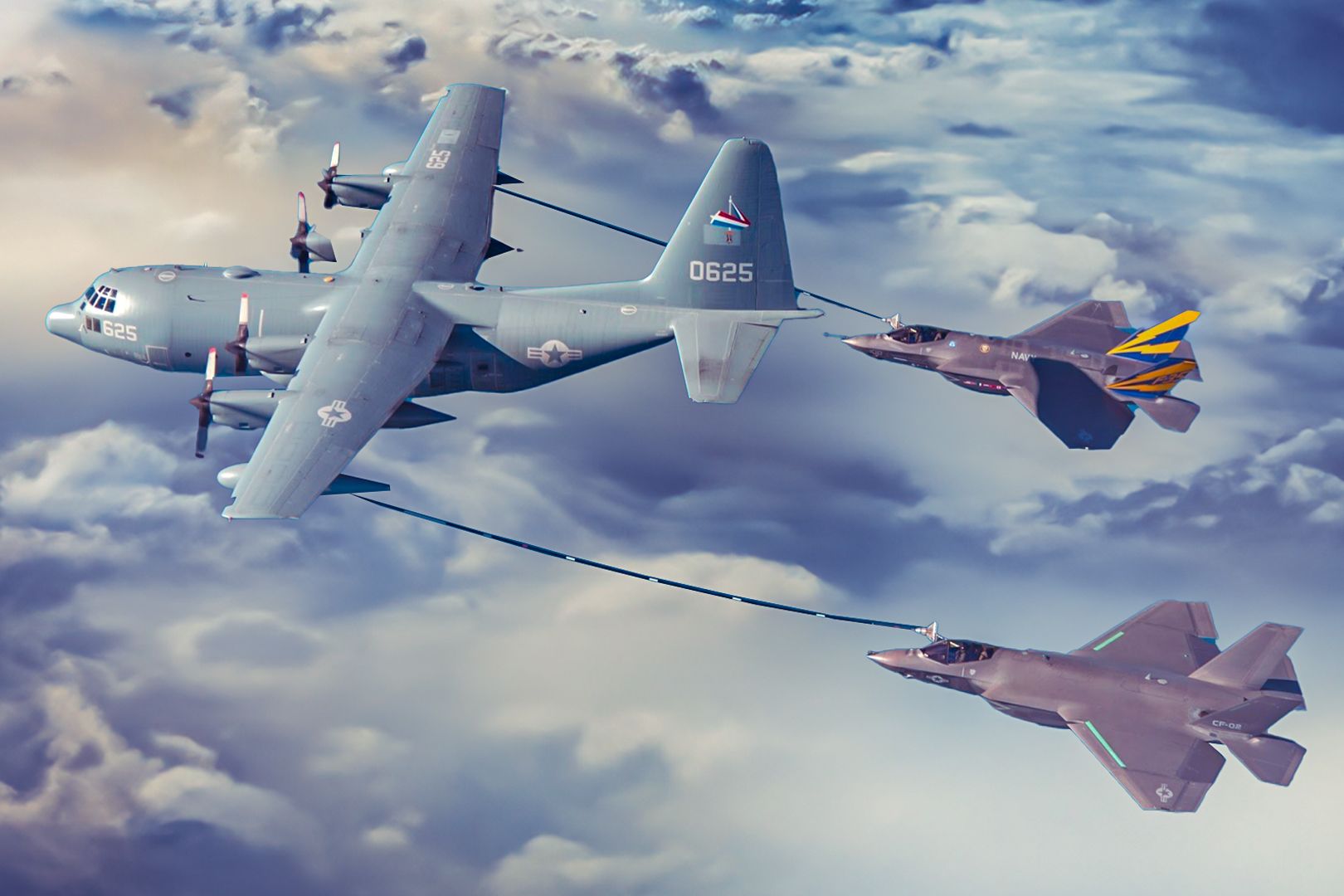
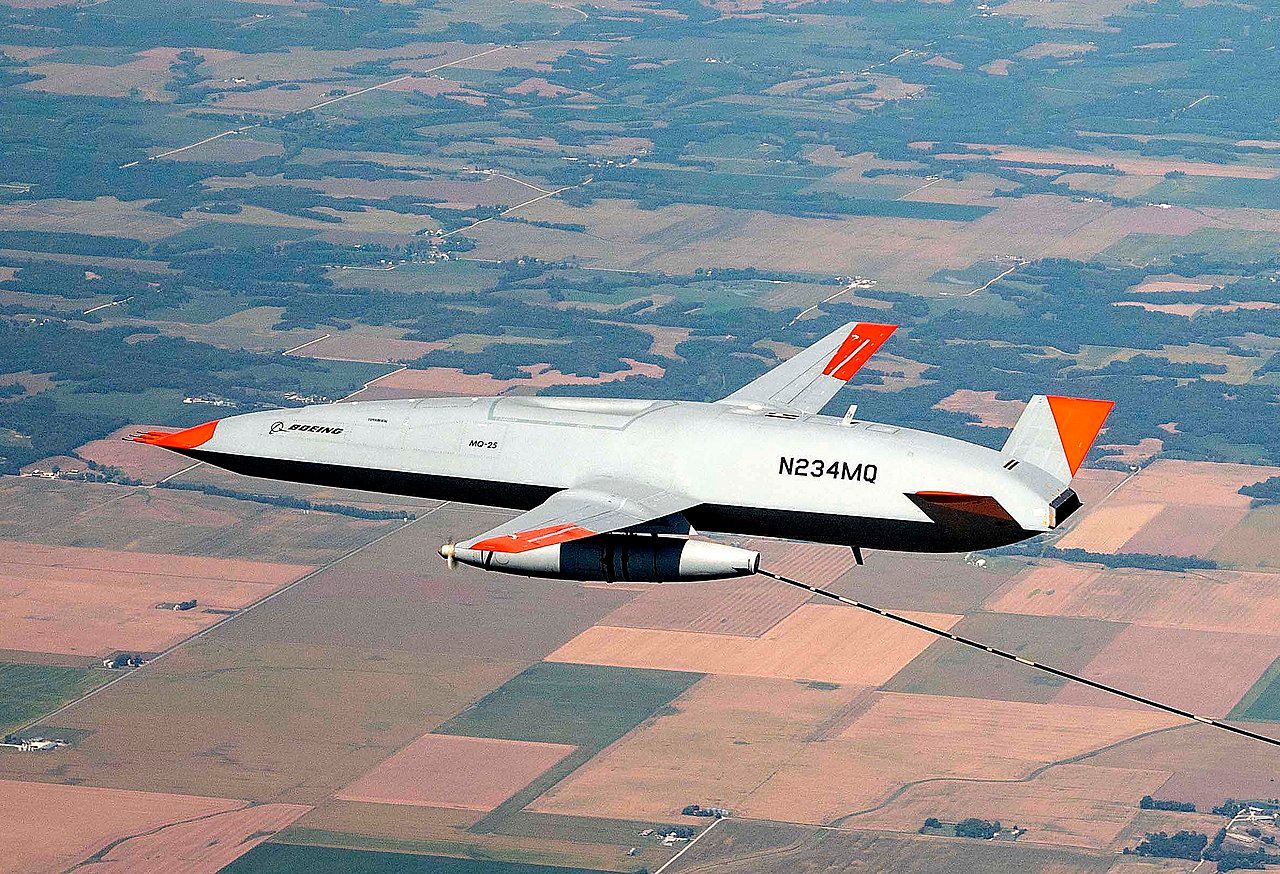


No comments:
Post a Comment